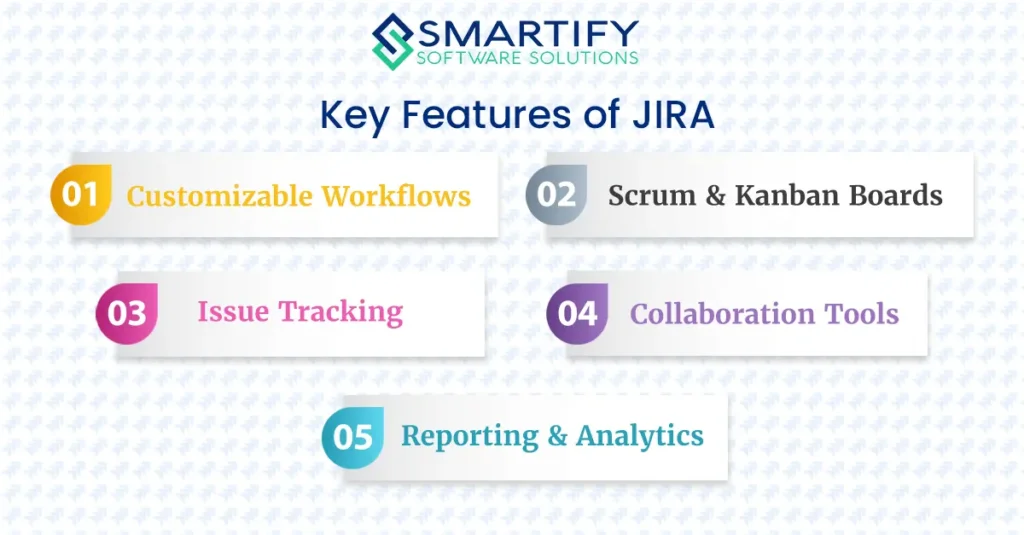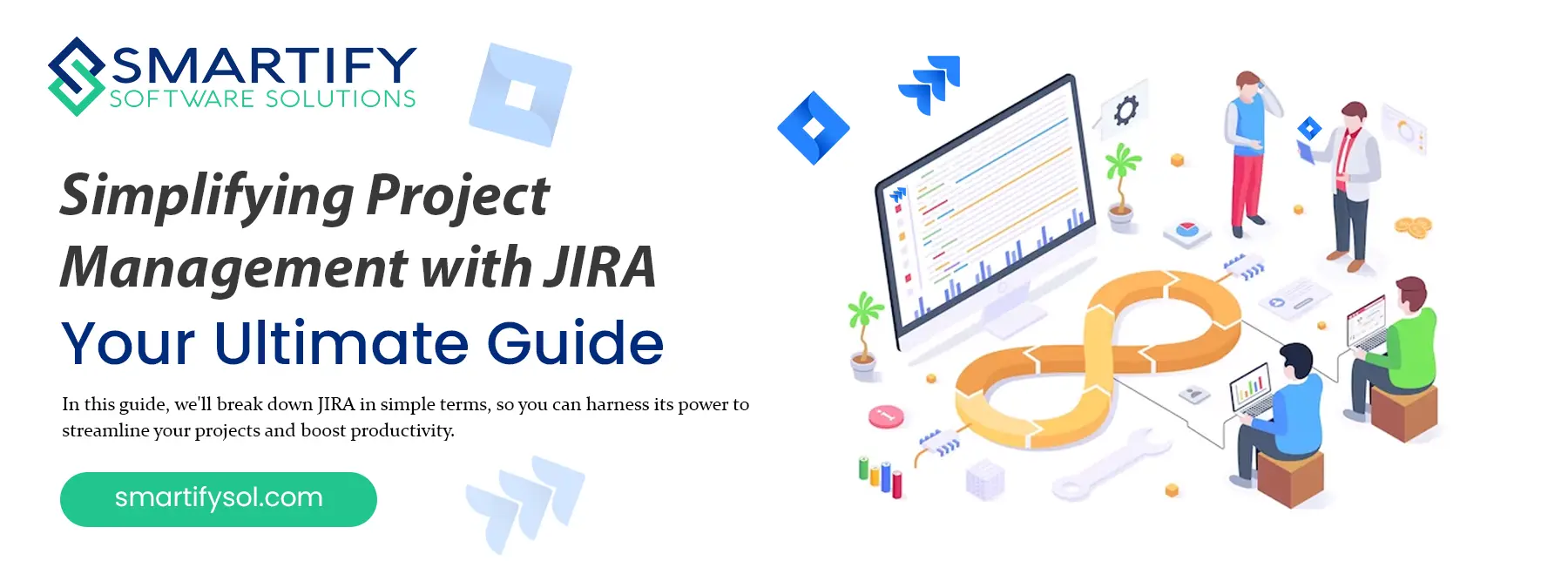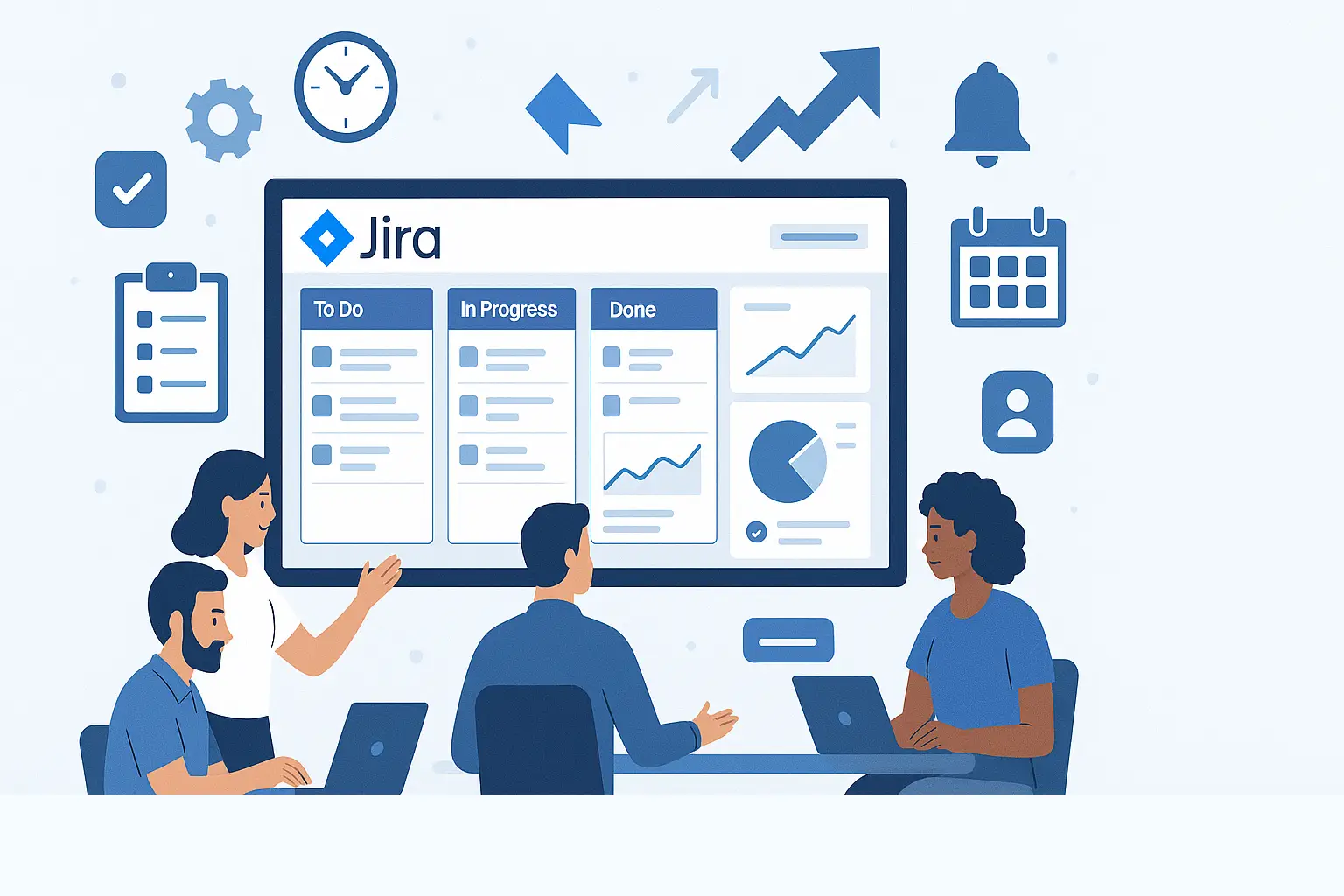Are you tired of losing track of your projects? Do you find it challenging to collaborate effectively with your team? Look no further than JIRA – your ultimate project management solution!
In this guide, we’ll break down JIRA in simple terms, so you can harness its power to streamline your projects and boost productivity.
What is JIRA?
JIRA is a powerful project management tool developed by Atlassian. It’s designed to help teams plan, track, and manage their work efficiently. Whether you’re working on software development, marketing campaigns, or any other project, JIRA can be customised to suit your needs.
How Does JIRA Work?
At its core, JIRA revolves around the concept of “issues.” An issue could represent a task, a bug, a feature request, or any work item that needs attention. These issues are organised into projects, allowing you to keep your work structured and organised.

Key Features of JIRA
- Customizable Workflows: JIRA allows you to create custom workflows tailored to your team’s specific processes. From to-do lists to complex approval processes, you can define how work moves through your team.
- Scrum and Kanban Boards: JIRA offers Scrum and Kanban boards to visualise your work. Scrum boards are great for teams working in iterations, while Kanban boards provide a more continuous flow of work.
- Issue Tracking: With JIRA, you can easily track the status of your issues. You’ll know who’s working on what, what’s been completed, and what’s still pending.
- Collaboration Tools: JIRA comes with built-in collaboration tools, such as comments, mentions, and attachments, making it easy for team members to communicate and share information.
- Reporting and Analytics: JIRA provides robust reporting and analytics features, allowing you to gain insights into your team’s performance, identify bottlenecks, and make data-driven decisions.
How to Get Started with JIRA
- Sign Up: Get started by signing up for a JIRA account. You can choose between cloud-based or self-hosted options, depending on your preferences and requirements.
- Create Projects: Once you’re logged in, create projects to represent your different initiatives or areas of work.
- Add Issues: Start adding issues to your projects, describing the work that needs to be done.
- Customise Workflows: Customise your workflows to match your team’s processes. Define the stages that issues go through, from creation to completion.
- Invite Team Members: Invite your team members to join your JIRA projects. Collaboration is key to success!
- Start Working: With your projects set up and team members onboarded, start working on your tasks and tracking progress in JIRA.
Conclusion
JIRA is a game-changer when it comes to project management. Its intuitive interface, customizable workflows, and powerful features make it the go-to tool for teams worldwide. Whether you’re a small startup or a large enterprise, JIRA can help you stay organised, collaborate effectively, and deliver results. So why wait? Sign up for JIRA today and take your project management to the next level!





